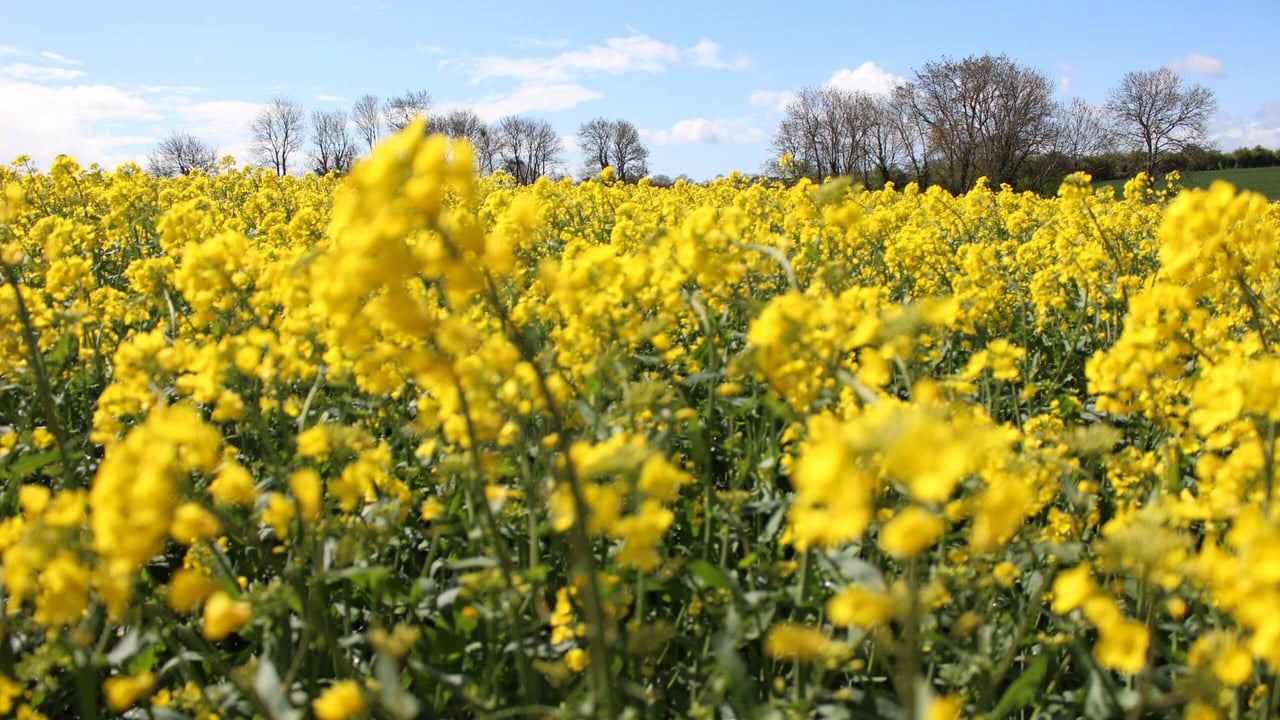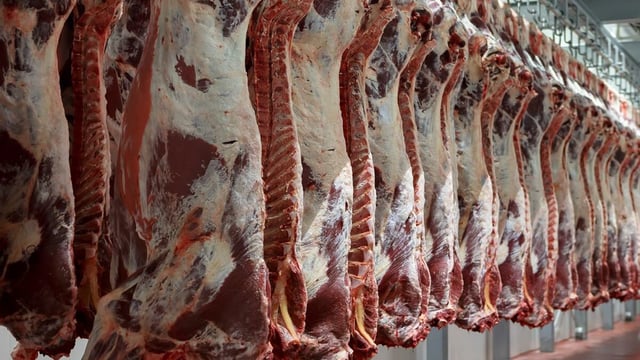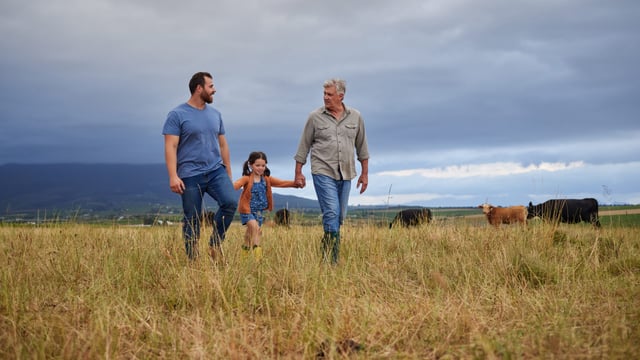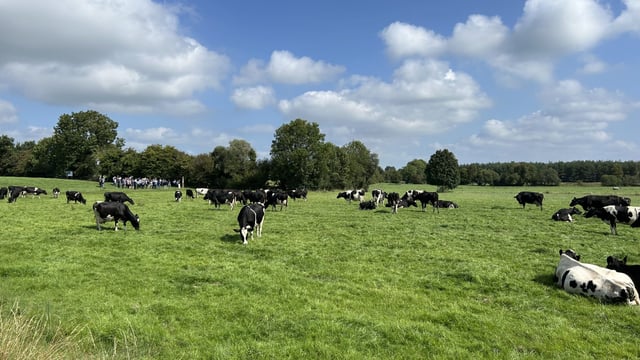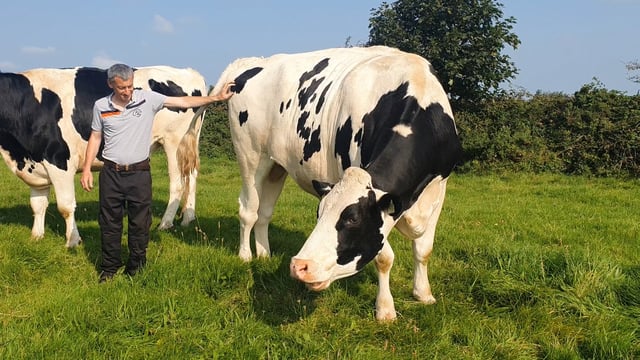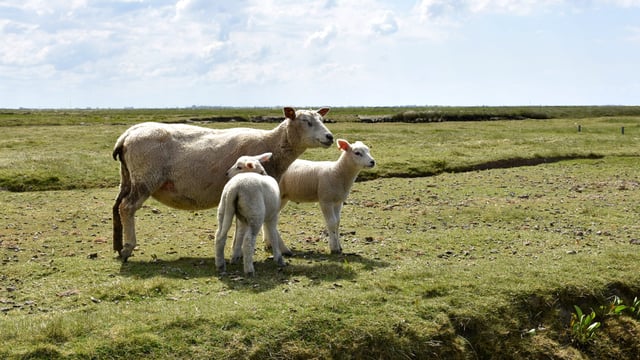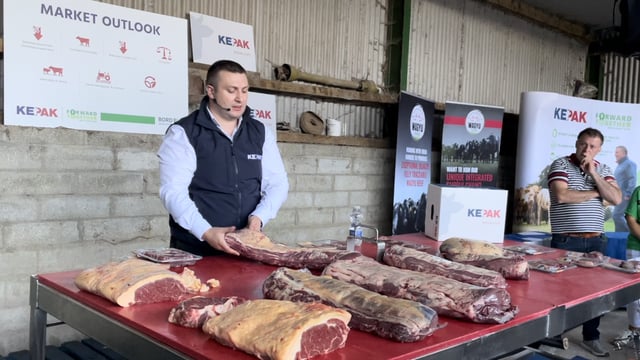Winter oilseed rape 2025/2026: Don’t forget the challenge posed by club root
There is a growing expectation that winter oilseed rape planting levels will increase appreciably in 2025/2026, reflecting the success of the crop during the recent harvest.
But oilseed rape comes with one fundamental flaw - its exposure to club root.
The disease causes characteristic galls or swellings on the roots, leading to stunted growth, wilting, and significantly reduced yields.
According to Teagasc, club root has been a feature on many farms in previous years. And where the problem was severe, crops were all but written off.
Milder and wetter winters favour the movement of the pathogen that causes club root. In turn, this is helping to contribute to the spread of this disease.
Even farms with no history of clubroot disease are starting to experience problems.
Club root prevention
At present, there are no options for controlling club root with fungicides or bio-controls. The key to management is to understand the sources of disease pressure, restrict its spread, and make informed rotational/varietal decisions.
In particular, it is important for growers to base decisions on the long-term profitability and sustainability of a field, not on a single season’s predicted margin.
Club root will persist in a field for 15 years or more. Weeds such as charlock and hedge mustard or brassica cover crops growing in the field will act as a host and may prolong the disease even longer.
Long rotations are the best preventative action. High pH soils and club root tolerant varieties can also help but results can be inconsistent.
A one-in-four or one-in-five rotation or greater is recommended for oilseed rape crops.
Planting timing
Planting of winter oilseed rape can commence from the middle of August. Ideally, all crops should be planted by September.
Later planting will risk poor growth during the autumn. In turn, this increases pest attack - specifically slugs and pigeons - in tandem with weed challenges.
Early planting of rape will help plants to develop quickly and bulk up over the autumn.
Where this leaf growth can be retained into early spring, it can lead to significant savings in nitrogen application for the season.
Growers should choose a variety with good light leaf spot resistance, as this can be a very significant disease in a wet year.
It is also useful to choose a variety with resistance to pod shatter, which will give confidence during a tricky harvest.

